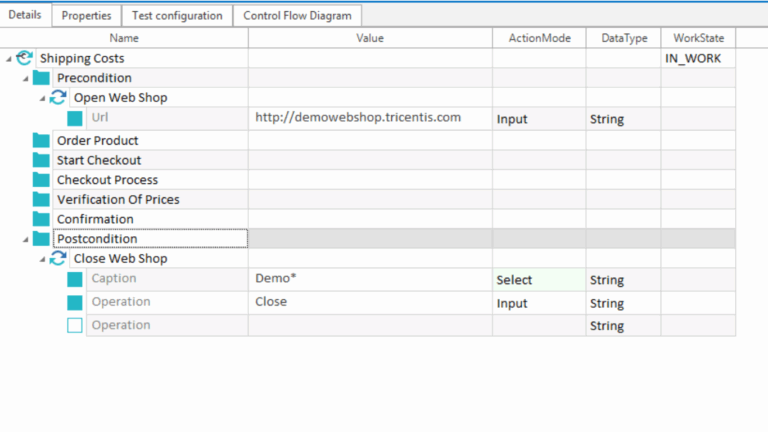A cross-functional team is a collection of individuals who have all the necessary skill sets to collaborate and complete a specific task without relying on those outside the team. A member of a cross-functional team does not necessarily need to be adept at various functional areas or multitask. However, a team that possesses both depth and breadth of knowledge is unstoppable.
A cross-functional team is made up of both technical and non-technical personnel who work together to solve challenges and have a common vision. Members may come from several departments or functional areas, and they ought to approach challenges and solutions from many angles.
Here is a simple example of a cross-functional team to understand:
Imagine a project to create an application similar to Amazon, Netflix, etc. In that case, the team of designers would focus on creating the app’s look and feel, the backend developers would concentrate on creating APIs, the frontend developers would be in charge of integrating UI & UX with APIs, and the QAs would ensure that the end-to-end functionality was tested and met all acceptance criteria without any open bugs prior to deployment into environments like production or others. By doing it this way, we can develop the A to Z requirements for this application without assistance from or reliance on outside resources.
The qualities of a self-managed team are essential for a cross-functional team. It means that group members must be responsible for their job and be able to make decisions about who will do what, when, and how without the help of outsiders or manager oversight. Based on the agreement of all team members, the team has the sole authority to make decisions and come up with new ideas to complete the work. Even without a hierarchy in place, self-managed teams exhibit leadership and accountability qualities.
On the other hand, self-managed agile teams allow members to “manage their own workload, move work among themselves depending on need and best fit, and participate in team decision making.
The most common names for them are “self-organised,” “self-organising,” and “self-managed.” Whatever you want to call them. Agile software development is characterised by self-organising teams, which have a direct impact on team performance and project success. At first glance, it appears absurd to let a development team run itself. But it turns out that self-organisation occurs all the time, especially in social systems. like the creation of software products.
It’s not an open field. People play particular roles (e.g., Product Owner, Developer, Testing, Operations, Scrummaster). And they are not permitted to choose the team’s objective. Usually, commercial requirements drive that approach.
The team decides how they will react to their environment through self-organisation (and management can influence that environment).
It is simple to misinterpret the idea and debunk the myth of self-organising. That makes for a catchy headline, for sure. The balance of “an adequate level of direction mixed with suitable delegation and confidence,” according to even these authors, is the key.

The finest architectures, requirements, and designs come from self-organising teams, according to one of the tenets of the Agile Manifesto.
In their experience, self-managed teams have been incredibly successful, including,
- Improved and quicker communication
- Greater confidence between the product team and the client
- Less contention
- Higher motivation
- Making wise decisions
Cross-functional and self-managed teams are essential to Agile development because they eliminate any dependency on external teams, which could be a bottleneck and affect sprint commitment. Agile planning and estimate methods are helpful because they enable teams to finish a prioritised task from the product backlog.
Cross-functional and self-managed teams face a variety of difficulties, including those related to communication, trust, respect for team diversity, sentiments of underappreciation, and most importantly a shift in perspective from siloed to cohesive teamwork.
In order to develop a strong and clear communication channel through frequent communication and ongoing collaboration, a cross-functional team should not have more than 10 members. Teams should respect ideas, listen to one another, and provide unwavering support. To embrace diversity, they should be aware of each team member’s unique personality, articulation, skills, and interests.
To ensure the trait of one team mindset, it’s important to cooperate in order to accomplish a common goal, commend one another, share credit and thanks, and celebrate the team’s accomplishments. You can enrol for the online Agile PSM certification course at the start of your journey. This will enable you to bring the team on the same page and inculcate a common understanding.
Conclusion
Teams that are cross-functional and self-managed are essential components of agile development. The effectiveness of agile techniques depends on both of these qualities in an agile team. Learn more about the two kinds of teams by checking out the online Agile PSM training.






























One Response